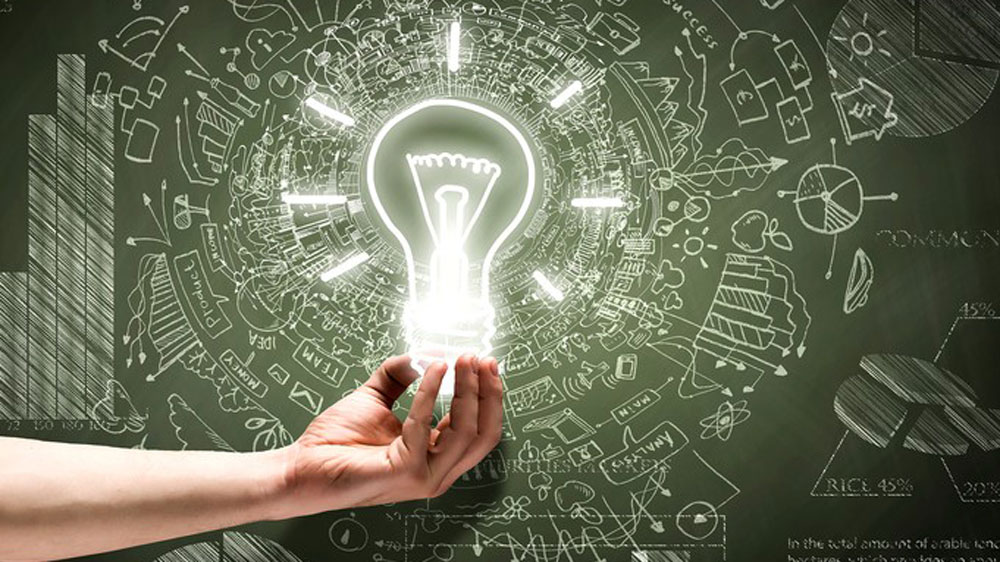Future Trends in the Indian Education Industry


Education and related sectors have transitioned a lot in recent years. Everything was going quintessentially fine and all of a sudden the government announced the lockdown. People were forced to stay in their houses. Businesses shut down while only big companies worked and provided very few services for almost two years.
When we talk about education sectors specifically, we saw numerous changes in them. Schools colleges and training institutions went online and all the study things went digital. Students from K12 to university started learning on smartphones, tablets and laptops. Not only this, the whole education industry has changed in a very surprising manner. Apart from this, every major change came in the education system of India. The government proposed some changes in the education system and introduced a new policy as New Education Policy 2020. This education policy is seen as a change-maker in the student learning programs.
Blended Learning (BL)
Blended learning, introduced long before lockdown, is a modern pedagogy method that combines digital media and technology with traditional classroom activities. Through it, students can customize their learning experiences. Also, the blended mode of learning allows teachers to accurately assess students' knowledge and to teach concepts more efficiently. In this way, a classroom that contains both quickly and slowly learning students is balanced. Taking on new material can be done at the appropriate time for each individual student. These factors contribute to greater student satisfaction, deeper learning, and reduced stress. Due to the advent of new learning apps and other technological advancements, they now have more options for interacting with academia from home.
Gamification
Game-based learning is an educational practice that incorporates game elements and design to motivate learners to learn. Using methods that capture learners' interests and inspire them to continue learning, the objective is to maximize enjoyment and engagement. Essentially, gamification is a practical, applied, and thoroughly hands-on method of learning that builds learner engagement develops attitude changes and develops skills. Through gamification, engaging, educational, and entertaining content can be created. Game-based content uses psychological principles to maximize engagement.
Games give players an immersive experience, which, if well designed, can make the learning process quite enjoyable. By applying skills to practical situations, learning on the job offers learners the opportunity to see how they work in the real world. Furthermore, it allows learners to see the relevance and benefit of the subject matter in real-life situations. As a result, they can see first-hand how their choices within the game affect the outcome. Gamification of learning allows employees to work towards real-time, measurable, meaningful learning targets and receive upper-management feedback as they achieve them.
STEAM
Children should be introduced to STEAM, an educational discipline that seeks to spark a lifelong love of the arts and sciences in them, at an early age. Science, technology, engineering, art and math are all creative fields of study involving a variety of investigative methods. They are creative as they do not rely on one single approach to inquiry and investigation.
With a STEAM framework, students learn to think critically, solve problems, and use their creativity. It prepares them to work in growing fields. STEAM education can be useful for students in almost any field, even if they don't intend to pursue a career in STEAM.
Students who are taught under a STEAM framework are not just taught the subject matter but are also taught how to learn, how to ask questions, how to experiment, and how to create.
In the sense that STEAM education is built on an integration foundation - that is, the integration of different skills and disciplines with the purpose of providing a richer educational experience - all teachers can gain insight into STEAM education fundamentals.
Experiential Learning
Education needs to be of some use. The core purpose of taking education is to solve real world problems. It is also required to get rid of inexperience. Students, in their initial days, are like clay models which can be transformed into different things. As time passes, they should be left to learn from their experience. To do this, teachers from this new normal let them try and participate in the services and works. It also helps students to see theoretical concepts in real life.
Through experiential education, participants can grow socially, emotionally, and academically, preparing them for the next step in their lives.Experience teaches students to examine their actions, thoughts, and feelings. During this time of internal reflection, students are prepared to enter the workplace, improve their relationships with others, and address their emotional needs.
In addition to discovering for themselves, students develop investigative skills to determine the answers to questions rather than solely relying on materials provided.











